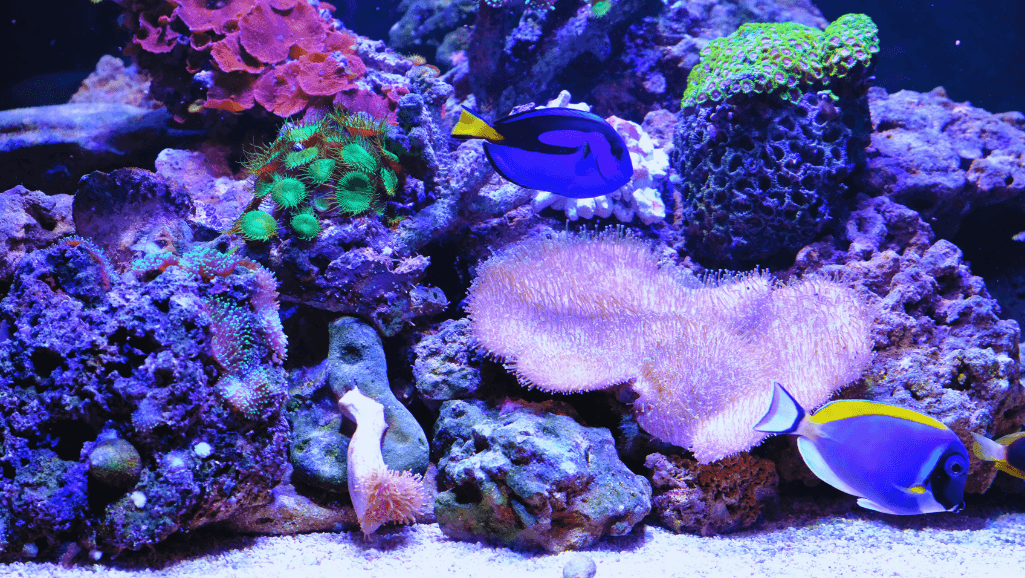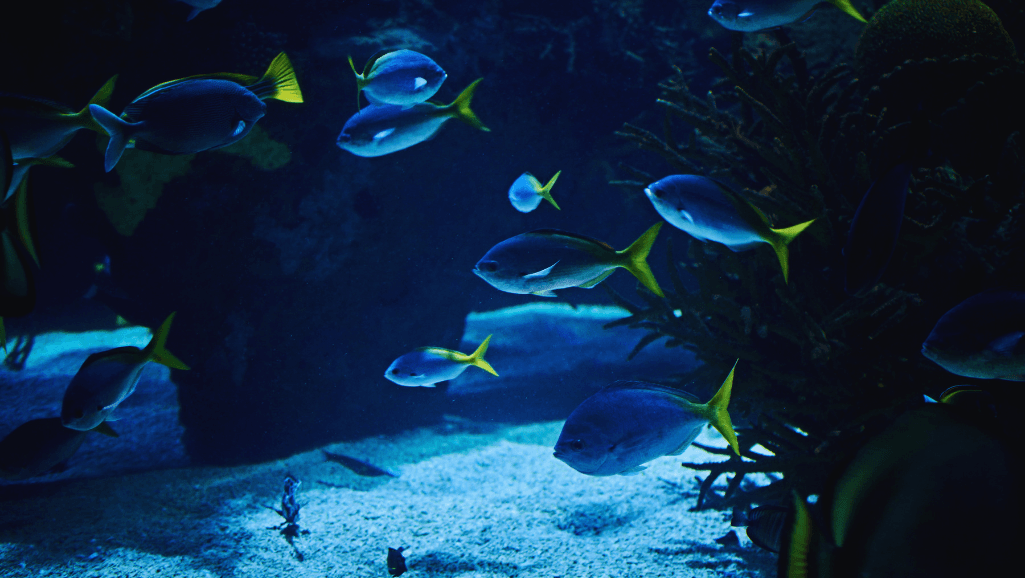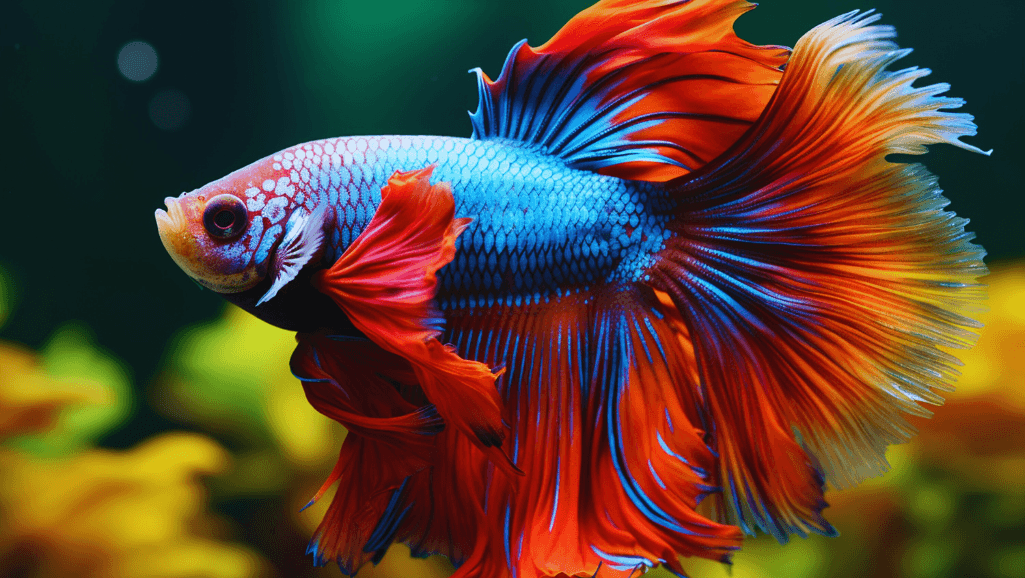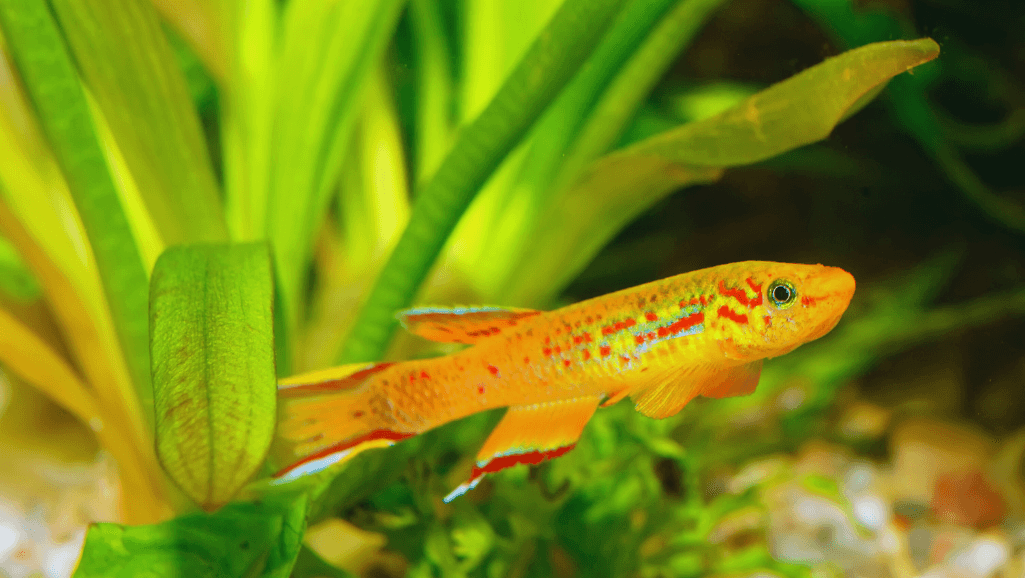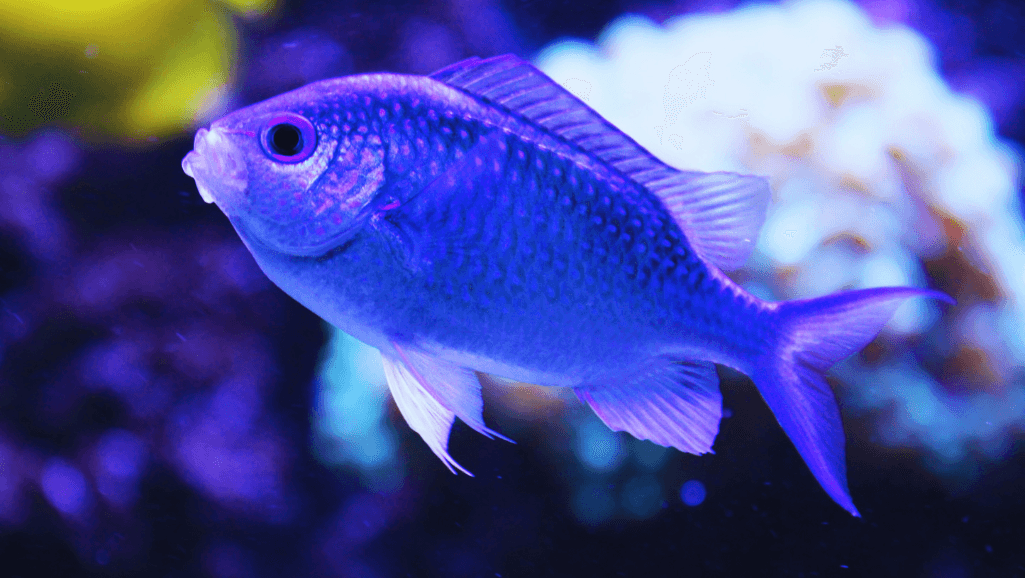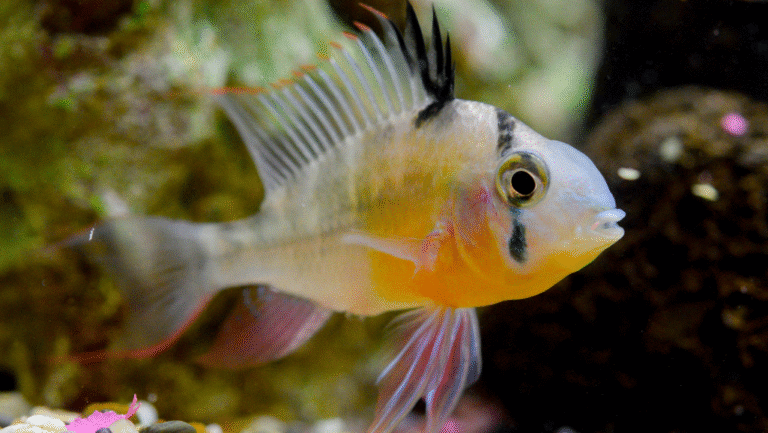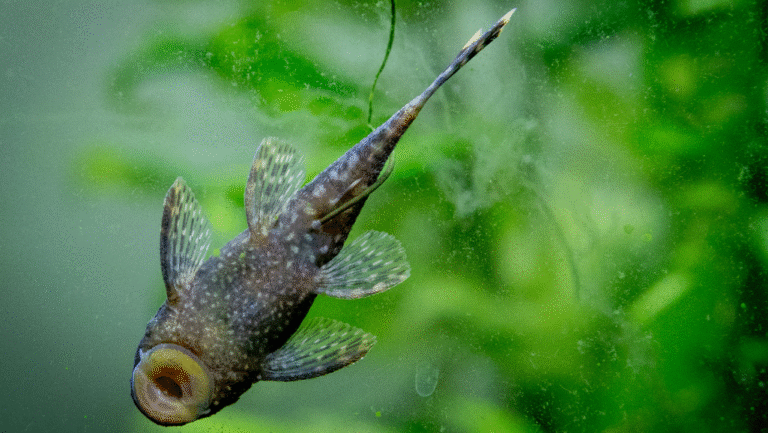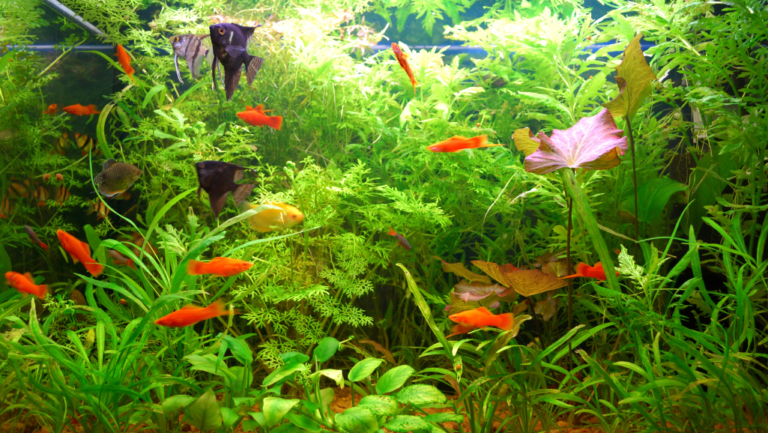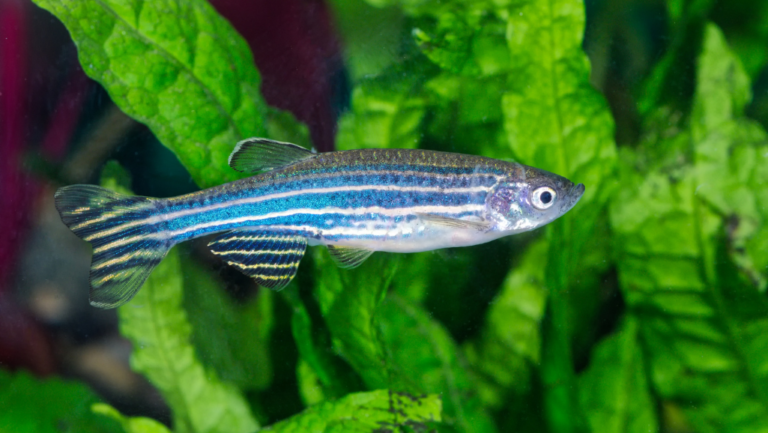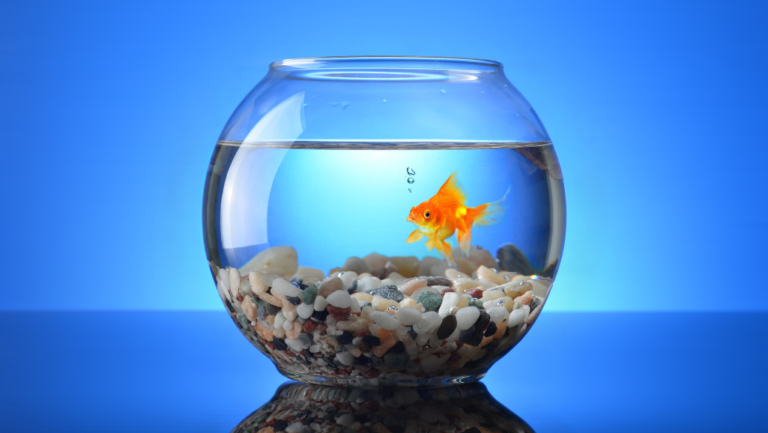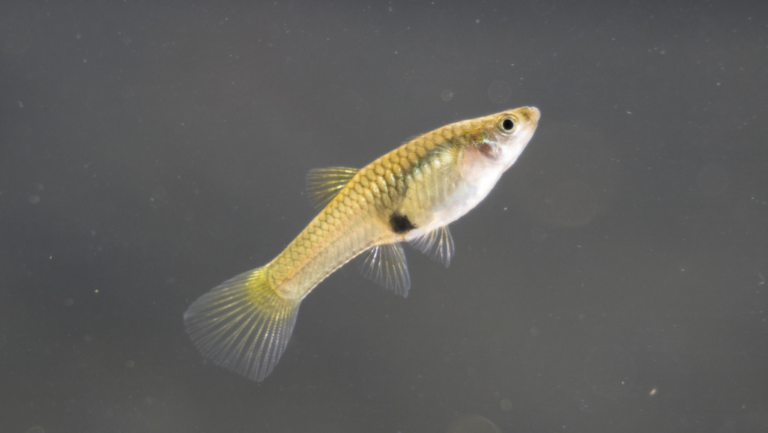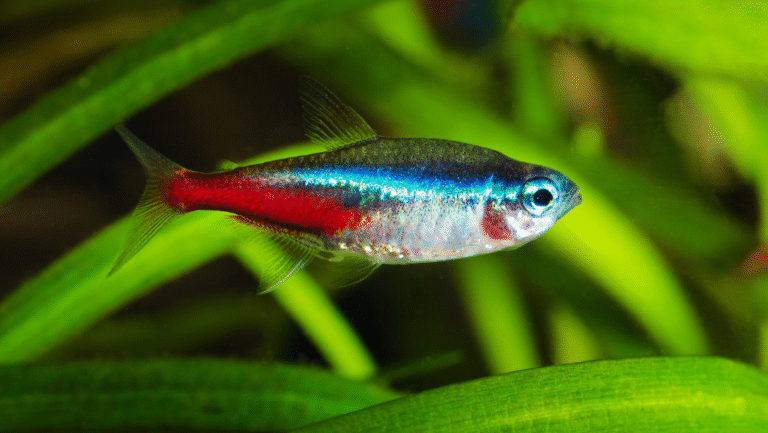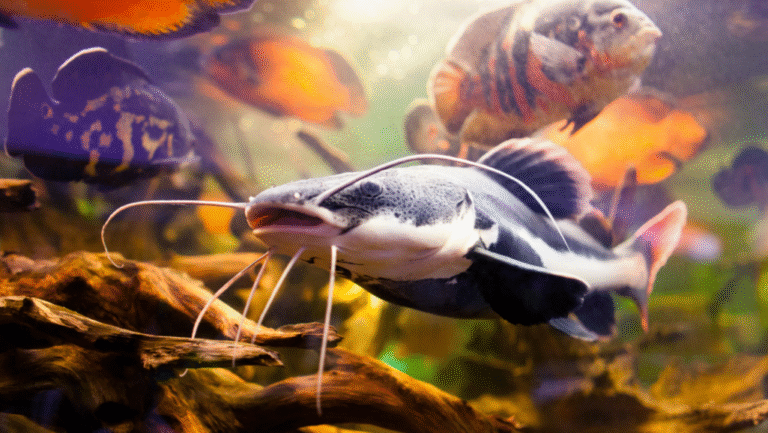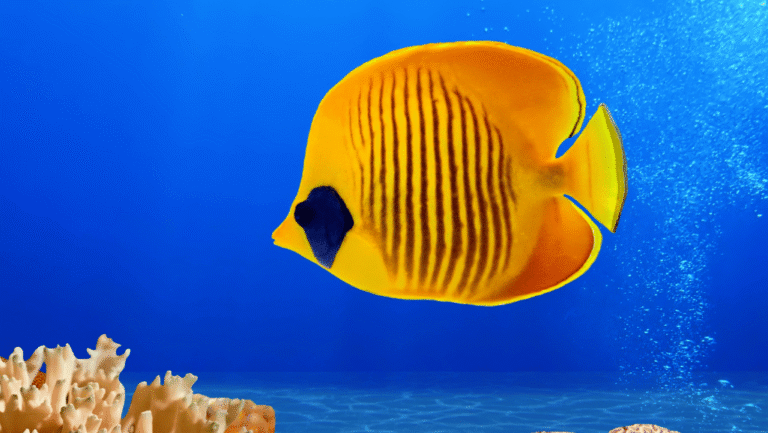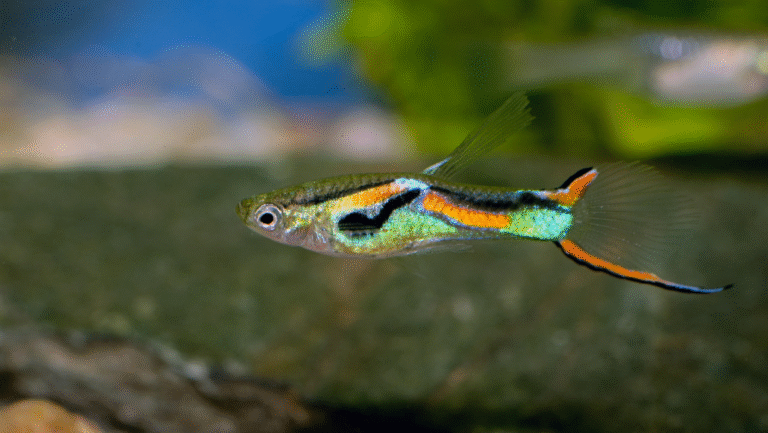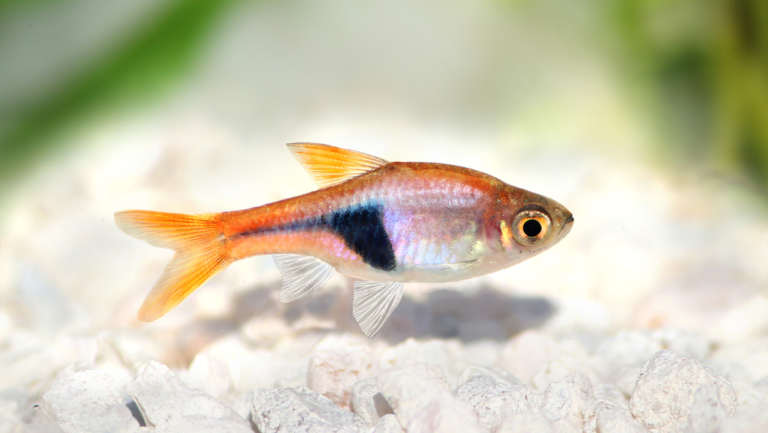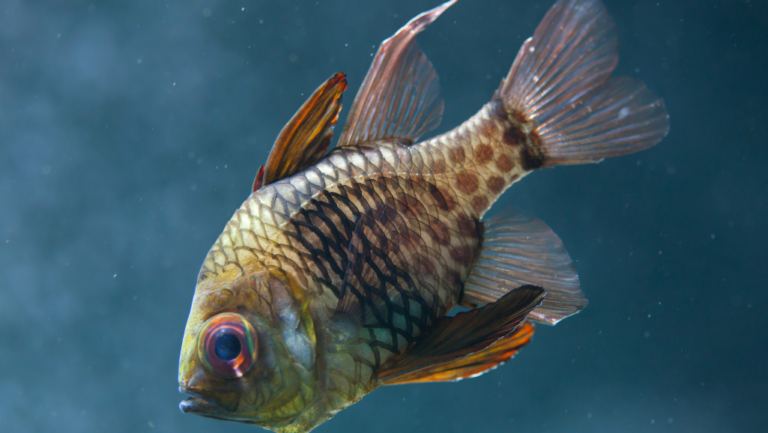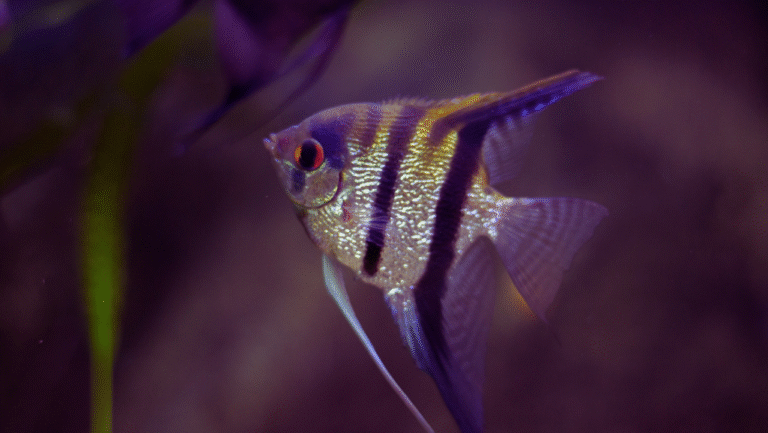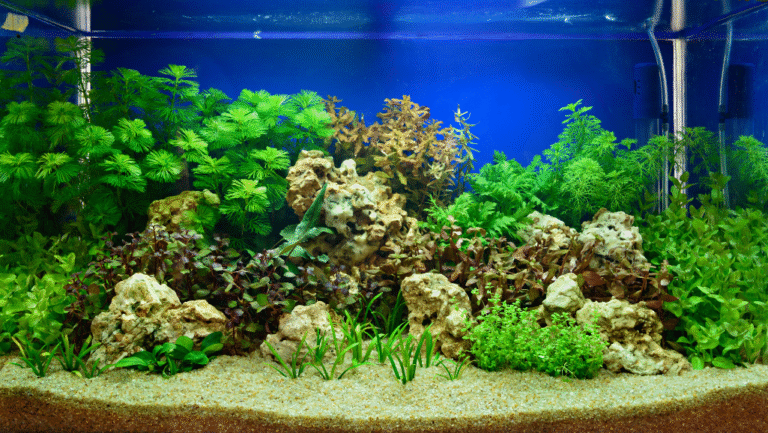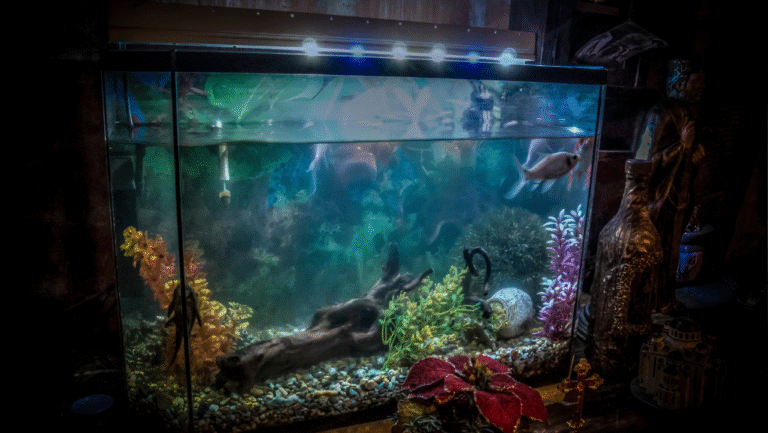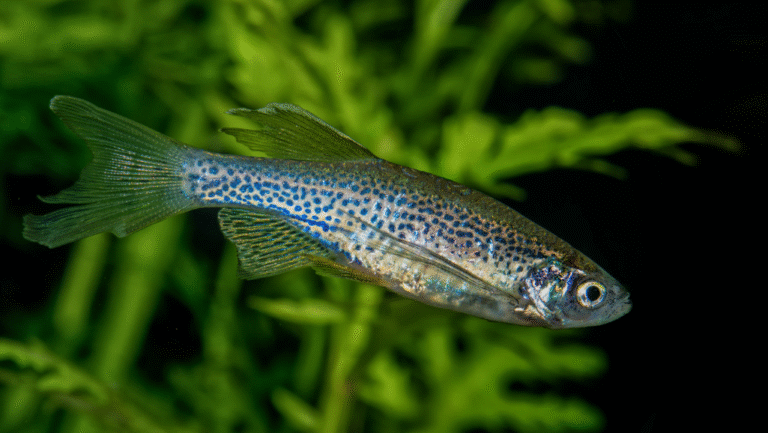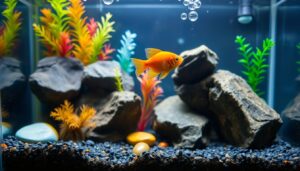For both new and experienced aquarium lovers, having a tank full of colorful aquarium fish is a dream. These fish add beauty and show a well-balanced tank. At the pet store, you can’t help but stare at the beautiful aquarium fish that catch your eye. They make you want to create your own underwater world.
To help you with your aquarium, a list of the most colorful fish is ready. You’ll find fish that are lively and graceful, ready to make your tank pop.
Key Takeaways
- Top Awesome Aquarium Fish for Vibrant Tanks.
- Choosing vibrant aquarium fish makes your tank look amazing, whether it’s for tropical fish tanks or freshwater ones.
- Beautiful aquarium fish are more than just decorations. They show that your tank is healthy.
- Learning about popular aquarium fish helps you pick the right ones for your tank.
- Knowing what each colorful aquarium fish needs helps keep your tank happy and healthy.
- Adding vibrant fish to your tank is easy if you pick ones that get along with your current fish.
Understanding the Appeal of a Colorful Aquarium
A colorful aquarium can turn a room into a stunning visual treat. It combines beauty and calmness. Creating an appealing aquarium design boosts your home’s look and offers a peaceful space for colorful pet fish.
Setting up a tank requires careful planning. You need to pick colors that go well together and arrange aquatic elements thoughtfully. This makes your tank both lively and peaceful.
It’s key to think about how colors affect us and our fish. Setting up a fish tank is more than just adding water and fish. It’s about building a home for them and a beautiful sight for us.
The Role of Color in Aquatic Presentation
Colors play a big role in making an aquarium look great. Using the RYB color model helps create a stunning background for colorful pet fish. Colors like blue, yellow, and red are primary, while green, orange, and purple are secondary.
Using complementary and analogous colors adds depth and interest. Warm colors like reds and oranges stand out against cool colors like blues and greens. This reflects the beauty of the underwater world and makes appealing aquarium designs even more captivating.
How Vibrant Tanks Improve Well-being
A vibrant tank does more than look good; it’s good for your mind. Watching the fish and colors in your aesthetic tank setup can calm you down. It can even lower your blood pressure and improve your mood.
In short, combining art and science in setting up a fish tank is key. It creates a home for colorful pet fish and brings joy and peace to us. It’s a mix of skill and creativity, making every aquarium a special window to an underwater world.
Guppy: A Rainbow of Varieties for Your Tank
Guppies are among the most popular aquarium fish species. They add color and life to any home aquarium. They are great for beginners because they are hardy and adaptable. Here, we’ll cover the basics of guppy care guide and tips for a healthy freshwater fish for aquarium.
Guppies are known for their bright colors and easy care. They are also very social, making them perfect for community tanks. They can grow up to 2 inches long. They need a tank that supports their natural behaviors and breeding.
| Feature | Details |
|---|---|
| Minimum Tank Size | 5 gallons for a trio |
| Temperature for Optimal Health | 76-78°F (average lifespan 2-3 years) 82°F (lifespan 18 months, faster reproduction) 72°F (lifespan up to 3.5 years, slower reproduction) |
| Feeding Requirements | Adults: 1-2 times daily Fry: 3-5 times daily |
| Pricing | Standard: $3 – Several hundred for specialty strains |
Guppies breed every 30 days, so managing their population is key. It’s important to plan your tank space and choose mates carefully. This helps keep your tank healthy and colorful.
- Males have a unique gonopodium, helping to tell them apart.
- Females have a fan-shaped anal fin, often more colorful in premium strains.
Because of breeding for color, guppies can get sick more easily. Keeping the tank clean and feeding them well helps their immune system. Regular water changes and watching for health issues are crucial.
When starting a new tank or adding guppies, knowing their needs is key. It ensures they thrive and create a beautiful display.
Guppies are easy to care for and add beauty to any tank. Starting or adding guppies to your tank is exciting. It brings vibrant colors and a glimpse into the world of your freshwater tank.
Cardinal Tetra: Elegance in Aquatic Blue and Red
The tropical aquarium fish, Cardinal Tetra, adds a splash of blue and red to any freshwater aquarium. These exotic aquarium fish are not just a sight to see. They also bring peace and elegance, making them a hit among colorful freshwater fish lovers.
Cardinal Tetras are known for their bright colors and calm nature. They do well in soft, acidic water and need special cardinal tetra care to stay healthy and colorful. Coming from the Amazon River basin, they like environments that remind them of home. A tank that meets their needs should have water between 75-82°F and a pH of 4.0-6.5.
| Characteristic | Detail |
|---|---|
| Max Size | 1.5 inches (3.8 cm) |
| Coloration | Vibrant red and blue |
| Diet | Omnivorous – small insects, worms, aquatic invertebrates |
| School Size | 6-10 individuals (optimal, more encouraged) |
| Water Parameters | pH 4.0-6.5, Temp 75-82°F (24-28°C) |
| Habitat | Amazon River Basin (Brazil, Colombia, Venezuela) |
| Care Level | Advanced |
For those keeping Cardinal Tetras, their diet is key. In the wild, they eat small insects and worms. In captivity, they can have high-quality flake foods, frozen brine shrimp, and daphnia. A consistent diet keeps their colors bright and their energy up.
Cardinal Tetras are shy and love a densely planted tank. This gives them places to hide and makes their environment feel natural. With gentle water flow and regular water changes, your Cardinal Tetras will flourish. Your aquarium will become a stunning centerpiece.
Embracing the Majesty of Discus in Freshwater Settings
Discus fish are among the top aquarium fish and a stunning aquarium species. They are known for their bright colors and interesting behaviors. Their care is key to keeping them healthy and showing off their beauty.
Discus Care Tips for a Healthy Vibrant Showcase
Keeping discus fish healthy is crucial for their beauty. Water quality and temperature are very important. They like warm water, between 85 to 86 degrees Fahrenheit, similar to their Amazonian home.
The water’s pH level should be between 6.8 and 7.6. This is slightly acidic to neutral, meeting their needs. A tank of at least 75 gallons is recommended. This size provides enough room for these large fish.
For a vibrant display, a discus care guide suggests having at least six discus. This helps them feel calm and look good together.
Creating the Right Environment for Discus
Creating a good home for discus is more than just water quality. The tank should look like the Amazon’s waterways. Use smooth sand or fine gravel as the bottom to keep them comfortable.
Choose peaceful fish like cardinal tetras and corydoras as tank mates. They need similar water conditions and won’t disturb the discus. Regular water changes and proper filtration are key to keeping the water clean.
A reliable heater and a gentle filtration system are essential. They help keep the water at a steady temperature and calm. This is important for discus.
| Parameter | Requirement |
|---|---|
| Optimal Temperature | 85-86°F |
| Minimum Tank Size | 75 gallons |
| Ideal Group Size | At least 6 |
| pH Range | 6.8 – 7.6 |
| Suitable Tank Mates | Cardinal Tetras, Corydoras |
In summary, discus fish are a unique and stunning addition to freshwater tanks. They require careful care and understanding of their needs. By following these care tips for vibrant tanks, you can ensure your discus are happy and healthy.
Awesome Aquarium Fish: German Blue Ram
If you’re looking for tropical fish for aquarium setups with color, the German Blue Ram is perfect. These exotic fish species for vibrant tanks add life and color. They are small, growing 2 to 2.5 inches, and need at least 20 gallons of water for health and space.
German Blue Rams love warm water, best between 84-86°F (29-30°C). This matches their South American home. Keeping their water soft and clean is key to their health and color.
When setting up a tank, pair them with tetras or Sterbai cory catfish. This adds variety without upsetting the peace. Make sure all fish like warm water.
Knowing what German Blue Rams need is important. For breeding, use slightly acidic water (pH 6.8) and soft water. A 10-gallon tank is best for breeding to keep things controlled.
For more on setting up their habitat, feeding, and health care, check out this comprehensive care guide.
The German Blue Ram is more than just a pretty fish. They can turn a simple tank into a colorful underwater world. They’re a favorite among aquarists for adding unique and vibrant elements to their tanks.
The Unforgettable Display of Betta Splendens
Betta splendens are among the most unique aquarium fish. They have stunning tail shapes and vibrant colors. If you’re setting up a betta tank or exploring the best fish, knowing Betta fish care is key to their health.
Bettas are not just beautiful but also have interesting breeding habits. Female bettas can lay eggs without a mate, but these eggs need to be fertilized to develop. They can lay up to 500 eggs at once, making their egg-laying a unique sight.
| Egg Characteristics | Size | Color | Hatching Time |
|---|---|---|---|
| Standard Betta Eggs | 1mm in diameter | White or pale yellow | 3 days (with gray or black spots indicating fertilization) |
| Mouthbrooder Betta Eggs | 2-3mm | Similar color but larger | Carried by male bettas for hatching |
Male bettas are special because they help care for the young. Mouthbrooding bettas, in particular, carry and protect the eggs until they hatch. This behavior is fascinating for those interested in betta fish care.
A good betta tank setup is crucial. It should provide enough space and proper filtration. Start with a 5-gallon tank to ensure your bettas have room to thrive. Also, add plenty of cover to reduce stress, especially if you have more than one fish.
Betta splendens show the beauty and complex behaviors that make them the best fish for aquarium lovers. They add a unique touch to any aquatic environment.
Boeseman’s Rainbowfish: A Dazzling Speedster
Boesemani Rainbowfish are known for their stunning colors. They are colorful tropical fish for aquarium lovers. Their bright blue and orange colors make them perfect for freshwater fish for vibrant tanks.
Rainbowfish care involves giving them space and the right friends. They love to swim fast and need a big tank. A tank of at least 4 feet is best for their lively swimming.
Choosing Tank Mates for Rainbowfish
It’s important to pick tank mates that are lively and peaceful. Good friends for Rainbowfish are Swordtails, Platies, and Zebra Danios. They all like to move and play, making the tank more fun.
Maintaining a Colorful Community with Rainbowfish
To keep a colorful and healthy tank, follow Rainbowfish care tips. They need a big tank, stable water, and the right food. Keeping the tank clean and watching the fish helps everyone stay happy and healthy.
Golden Wonder Killifish: A Hardy Choice for Vibrant Tanks
The Golden Wonder Killifish is a top pick for freshwater tanks. They add a burst of color and energy. These awesome aquarium fish are known for their golden color and toughness. They thrive in specific water conditions and eat a variety of foods.
To care for Golden Wonder Killifish, you need to know a few things. They do best in tanks of at least 10 gallons. Keeping the water temperature and pH right is key to their health and color.
| Parameter | Golden Wonder Killifish Requirements | General Tank Conditions |
|---|---|---|
| Temperature | 72-82°F (22-28°C) | 72-78°F (22-26°C) |
| pH Level | 6-7 | 6.5-7.5 |
| Hardness (dGH) | 5-10 degrees | 5-15 degrees |
| Minimum Tank Size | 10 gallons | Varies based on species |
| Lifespan | Up to 3 years | Depends on species |
Choosing the right tank mates is important. Golden Wonder Killifish do well with peaceful, active fish. This helps keep the tank balanced and stress-free.
- Cardinal Tetras: Calm and colorful, grows up to 3 inches.
- Peppered Cory Catfish: Bottom dwellers, max 3 inches in length.
- Dwarf Cichlids: Small yet vibrant, suitable for mixed-species tanks.
For breeding, a separate tank with aged water is best. After spawning, they need special care, especially in the first weeks. Feeding them foods like brine shrimp is crucial.
In conclusion, Golden Wonder Killifish are a great choice. They are beautiful and hardy, perfect for both new and experienced fish keepers.
Cherry Barb: A Peaceful Addition to Any Communal Setup
The Cherry Barb, known as Capoeta titteya, is a favorite among beginners. These fish are vibrant and peaceful, making them great for new aquarists. They add color and calm to any tank, fitting well with other fish.
Knowing how to care for Cherry Barbs is key to a healthy tank. They do well in slightly acidic to neutral water. This makes them easy to care for, even for beginners.
- They eat small pellets, daphnia, and spirulina flakes, which is good for their health.
- A tank of 10 to 20 gallons is perfect for them, giving them space to thrive.
Cherry Barbs are not just easy to care for; they’re also fun to watch. Males have a deep cherry color, while females are a bit lighter. They can even breed, which is a treat for anyone watching.
| Characteristic | Details |
|---|---|
| Temperament | Peaceful |
| Size | Up to 2 inches |
| Tank Size | 10-20 gallons |
| Diet | Small pellets, daphnia, spirulina flakes |
| Coloration | Males: Deep Cherry, Females: Tannish-Red |
| Water Conditions | Slightly acidic to neutral pH |
For more on Cherry Barbs and other community fish, check out this guide on top community fish.
Cherry Barbs are perfect for beginners. They’re easy to care for and add beauty to any tank. They’re a great choice for starting your aquarium journey.
Jewel Cichlid: Adding a Dash of African Beauty
The Jewel Cichlid is a standout among exotic fish for aquarium lovers. It has bright colors and lively behavior. Coming from West Africa, these fish have stunning blue-green and gold scales. They are rare and prized, but need careful planning to live well in a tank.
Handling the Aggression of Jewel Cichlids
Jewel Cichlids can be very aggressive if they don’t have enough space or the right tank mates. For example, their relatives, Hemichromis species, get stressed and aggressive in small spaces. They might attack other fish like Silver Dollars and Blue Acaras.
To keep them calm, it’s important to create a natural environment. This means lots of hiding spots and not too many fish in the tank. This helps reduce their aggressive behavior.
Tank Requirements for Healthy Jewel Cichlids
To set up a good tank for Jewel Cichlids, you need to know their needs well. They do best in tanks of at least 40 gallons. The water should be slightly acidic to neutral, with moderate hardness.
Keeping the water clean is also key. It should have no ammonia or nitrite and only a little nitrate. This keeps the fish healthy.
Jewel Cichlids need a diet rich in protein. They like pellets, brine shrimp, and special carnivore foods. For breeders, keeping the water between 79–82 degrees Fahrenheit and with the right hardness is important. A separate breeding tank helps reduce stress and improves fry survival.
In short, caring for Jewel Cichlids requires careful planning and understanding their behavior. By meeting these needs, aquarists can enjoy their beauty and create a peaceful underwater world.
Electric Blue Acara: Strikingly Brilliant Aquatic Life
For those who love colorful saltwater fish, the Electric Blue Acara is a great choice. It’s perfect for those moving from saltwater aquarium fish to freshwater. These fish are known for their bright neon blue colors and are a favorite among top freshwater fish.
These cichlids are generally peaceful, despite their size. They need special electric blue acara care to stay healthy and show off their colors. They need a diet of high-quality cichlid pellets and sometimes frozen treats like brine shrimp or bloodworms.
They do best in a 50-gallon tank or larger. This size tank helps them not to uproot plants. It’s great for those who want to keep plants and fish together.
Electric Blue Acaras grow to 6-8 inches long. They make a stunning centerpiece or a colorful addition to a community tank. They get along well with other fish of similar size and temperament, adding to the tank’s diversity.
While they’re manageable for intermediate aquarists, knowing how to care for them is key. They need the right water temperature, between 72° and 82° Fahrenheit. A moderately decorated tank helps them feel at home and reduces stress.
In conclusion, Electric Blue Acaras bring beauty and calm to any freshwater aquarium. With proper care, they not only survive but thrive. They add to the tank’s beauty and balance.
Conclusion
In our journey through the top aquarium fish species, we’ve explored the joy of creating a colorful tank. Both freshwater and saltwater fans can find their favorites. From guppies with their bright colors to the calm discus, these fish make any tank a sight to behold.
Knowing how to care for these fish is key. It means understanding their water needs, which differ by species. For example, Corydoras need at least 20 gallons and specific water conditions. Regular upkeep, as advised by AquaJoyLife, is essential. This includes weekly water changes and keeping the tank clean.
With over 3,000 freshwater and more than a thousand saltwater fish, the choices are endless. Experts suggest starting with hardy fish like guppies, platies, and neon tetras. Whether you’re new or experienced, remember the joy and duty of caring for your tank’s inhabitants. A well-kept tank, whether small or large, brings endless happiness and a touch of the ocean to your home.
